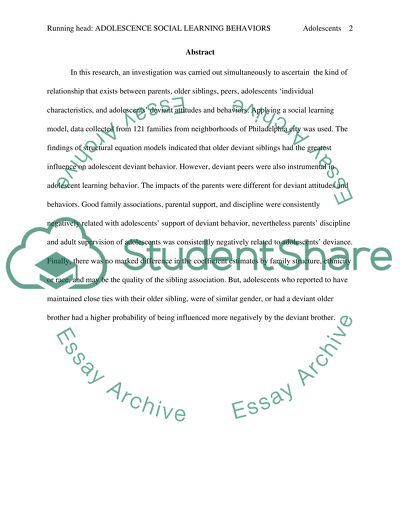Cite this document
(“The Relationship between Adolescents Deviant Behaviors and Parents, Research Paper”, n.d.)
The Relationship between Adolescents Deviant Behaviors and Parents, Research Paper. Retrieved from https://studentshare.org/psychology/1476024-the-relationship-between-adolescents-deviant-behaviors-and-parents-older-siblings-and-peers-interaction
The Relationship between Adolescents Deviant Behaviors and Parents, Research Paper. Retrieved from https://studentshare.org/psychology/1476024-the-relationship-between-adolescents-deviant-behaviors-and-parents-older-siblings-and-peers-interaction
(The Relationship Between Adolescents Deviant Behaviors and Parents, Research Paper)
The Relationship Between Adolescents Deviant Behaviors and Parents, Research Paper. https://studentshare.org/psychology/1476024-the-relationship-between-adolescents-deviant-behaviors-and-parents-older-siblings-and-peers-interaction.
The Relationship Between Adolescents Deviant Behaviors and Parents, Research Paper. https://studentshare.org/psychology/1476024-the-relationship-between-adolescents-deviant-behaviors-and-parents-older-siblings-and-peers-interaction.
“The Relationship Between Adolescents Deviant Behaviors and Parents, Research Paper”, n.d. https://studentshare.org/psychology/1476024-the-relationship-between-adolescents-deviant-behaviors-and-parents-older-siblings-and-peers-interaction.


